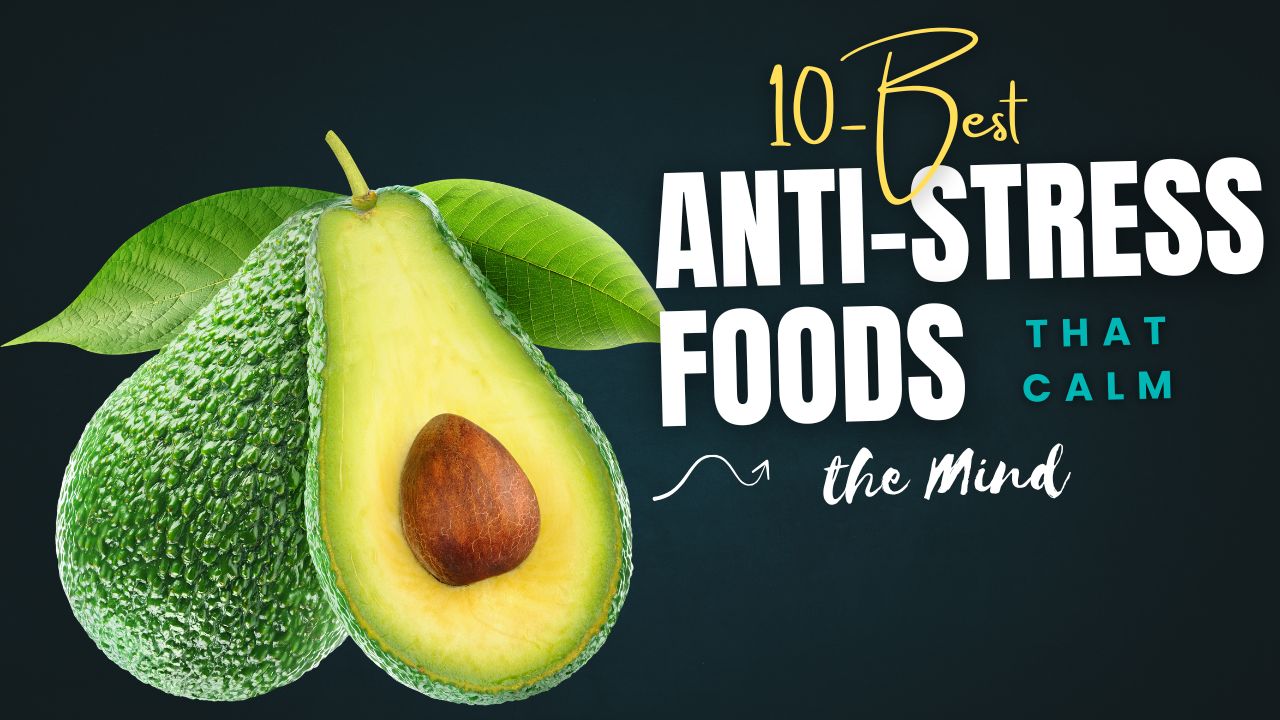Want arms that stretch your shirt sleeves to their limit? Here’s a fact most gym-goers miss: your triceps make up nearly ⅔ of your upper arm mass—not your biceps.
That means if you’re only curling your way through arm day, you’re skipping out on your real ticket to massive, powerful arms.
Dumbbells offer an unbeatable way to train your triceps. They allow for a fuller range of motion, better mind-muscle connection, and help eliminate strength imbalances.
Whether you’re at home or in the gym, this list of 13 dumbbell triceps workouts will pump serious size and strength into the back of your arms.

Table of Contents
What Happens After 30 Days of Dumbbell Triceps Workouts?
| Result After 30 Days | Why It Happens / Benefits |
|---|---|
| Noticeable arm definition | Consistent muscle activation and hypertrophy in all triceps heads |
| Increased upper body strength | Triceps play a key role in pressing movements and pushing power |
| Better mind-muscle connection | Improved focus and form from repeated dumbbell isolation training |
| Enhanced muscle endurance | Performing controlled reps improves stamina and muscular endurance |
| Improved symmetry and balance between arms | Dumbbells force equal effort from both sides individually |
| Reduced elbow joint discomfort | Strengthening surrounding muscles can help stabilize the joint |
| Sleeves fitting tighter (in a good way!) | Muscle gains cause visible arm size improvements |
| Boost in confidence during push/pull exercises | Triceps assist in chest and shoulder lifts — better performance |
| Fat loss around upper arms (if combined with diet) | Higher intensity and volume can aid overall fat-burning |
| Better posture and shoulder stability | Strong triceps support proper upper body alignment |
Also Read: 14 Ultimate Bodyweight Back Exercises That’ll Boost Posture & Power
Do’s and Don’ts of Dumbbell Triceps Workouts
| Do’s | Don’ts |
|---|---|
| Warm up your elbows and arms before starting | Don’t lift heavy weights without proper form |
| Focus on slow and controlled reps | Don’t rush through exercises |
| Use a full range of motion to engage all heads | Don’t lock out your elbows forcefully |
| Train triceps 1–2 times per week for growth | Don’t train them daily without recovery |
| Mix pressing and isolation movements | Don’t rely only on compound lifts |
| Keep your core engaged during overhead moves | Don’t arch your back or flare elbows unnecessarily |
| Start with lighter weights to learn proper form | Don’t ego-lift—quality over quantity |
| Incorporate unilateral moves to fix imbalances | Don’t ignore one side if it’s weaker |
| Stretch after your session to reduce stiffness | Don’t skip cooldowns and post-workout care |
| Track your progress weekly (reps, weights) | Don’t follow a random plan—stay consistent |
Why Train Triceps with Dumbbells?
- Freedom of movement: Dumbbells let you move naturally, reducing joint stress.
- Unilateral benefits: Correct muscle imbalances and improve symmetry.
- Perfect for isolation: Hit all three triceps heads more precisely than with a barbell.
Did You Know?
The triceps has three heads: long, lateral, and medial. A complete dumbbell triceps workout targets all three for maximum growth.
1. Dumbbell Overhead Triceps Extension
Primary target: Long head
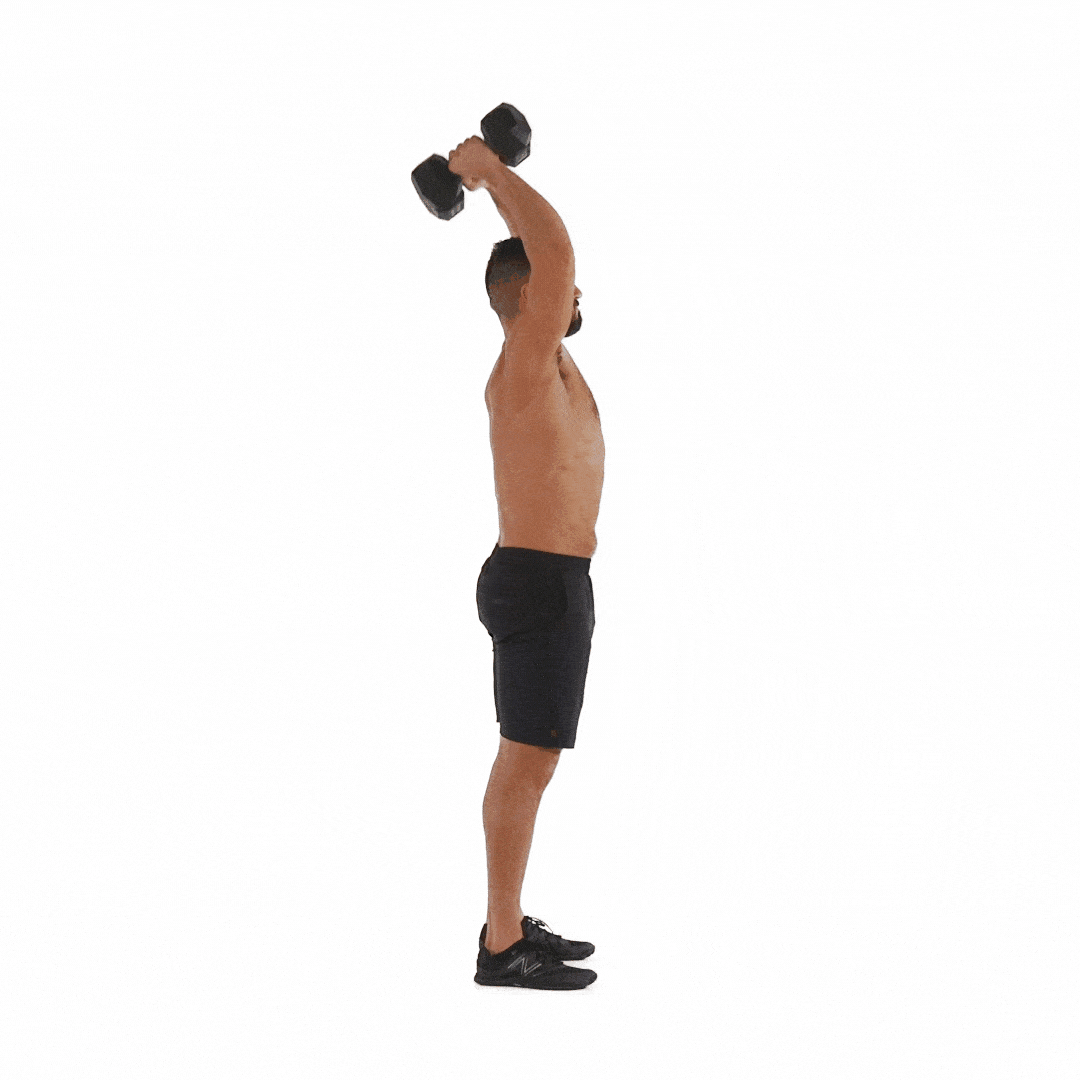
How to:
- Sit or stand tall holding one dumbbell with both hands behind your head.
- Keep elbows close to your ears and extend your arms overhead.
- Lower the dumbbell back slowly and repeat.
Pro Tip: Squeeze at the top for 2 seconds to increase time under tension.
Also Read: 13 Game-Changing Equipment-Based Abs Exercises to Torch Belly Fat
2. Dumbbell Kickbacks
Primary target: Lateral head
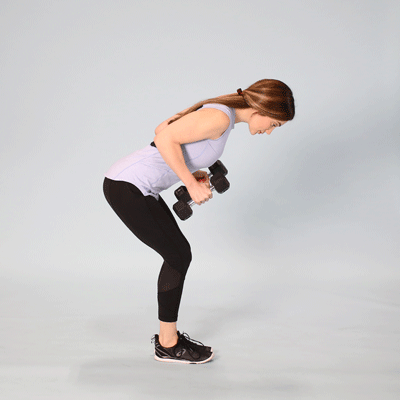
How to:
- Hinge at the hips with a dumbbell in each hand, elbows tucked in.
- Extend both arms back until fully straight, then return to the start.
Myth Buster: Many think kickbacks are just toning movements. With proper form and weight, they’re excellent for building definition and strength.
3. Close-Grip Dumbbell Press
Primary target: All three heads, with emphasis on the medial
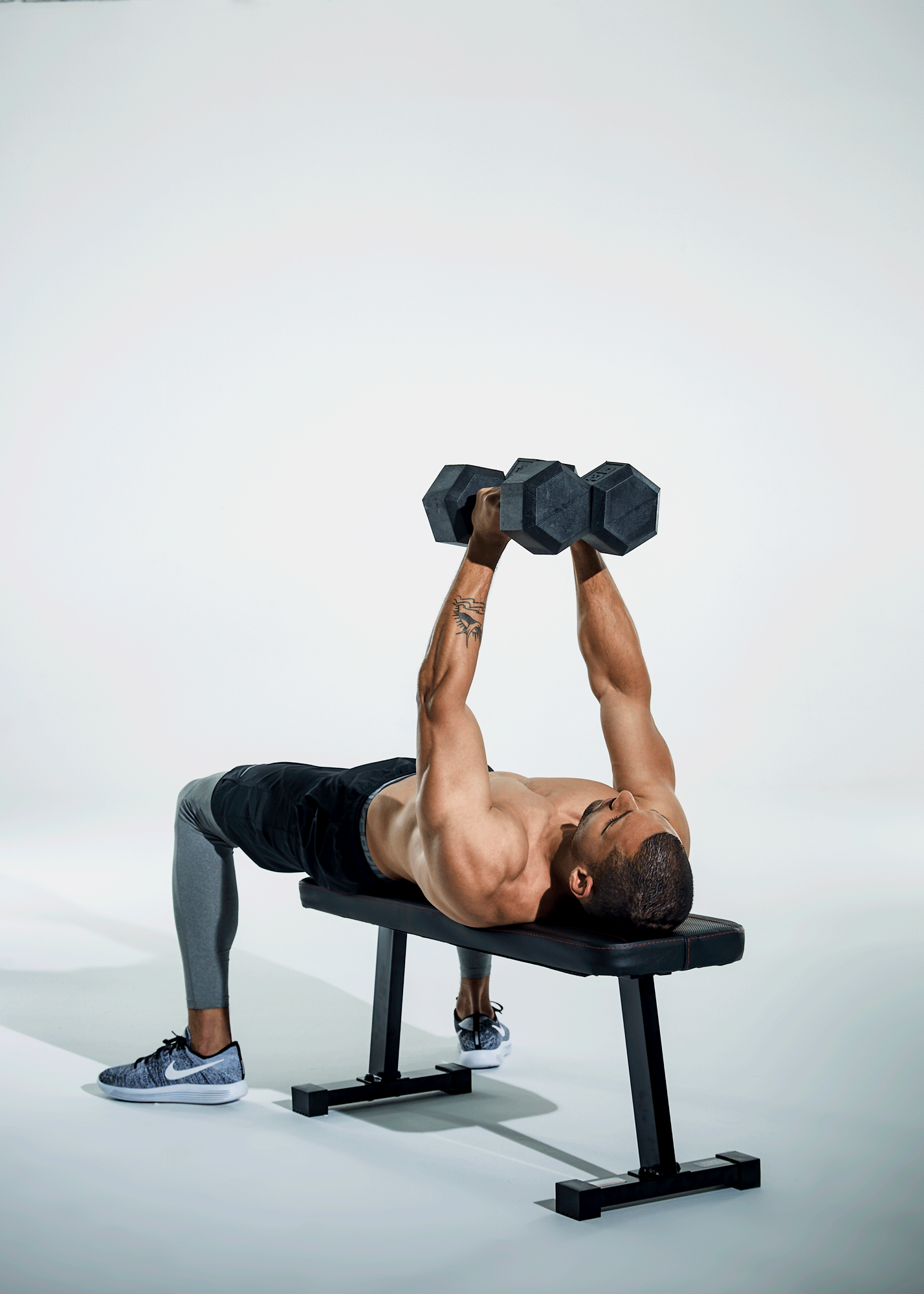
How to:
- Lie on a flat bench with dumbbells close together over your chest.
- Lower them slowly and press back up.
Tip: Keep elbows close to your sides to maximize triceps activation.
4. Dumbbell Skull Crushers
Primary target: Long and lateral heads
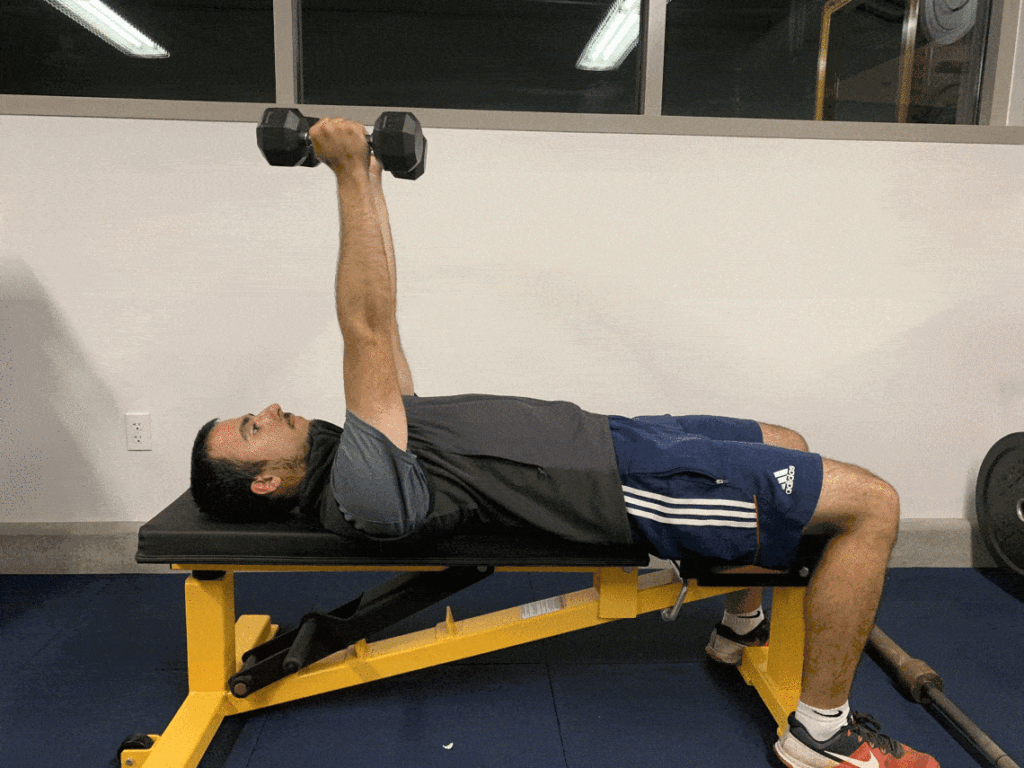
How to:
- Lie flat with dumbbells extended.
- Lower the weights toward your forehead by bending at the elbows.
- Extend backup.
Safety Tip: Always control the weight to avoid strain on your elbows.
Also Read: 15 Insanely Effective Bodyweight Abs Exercises for a Chiseled Core
5. Dumbbell Tate Press
Primary target: Inner triceps (medial head)
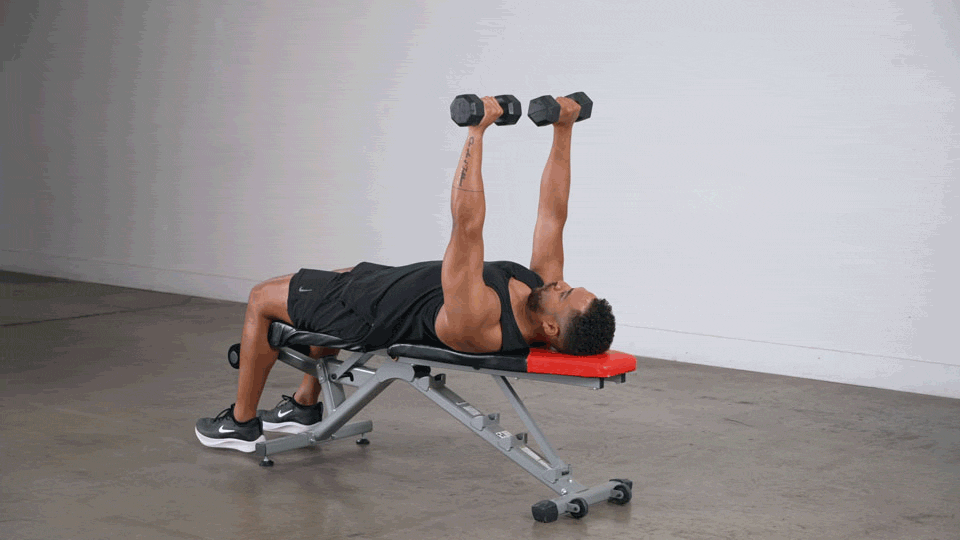
How to:
- Lie back holding dumbbells with palms facing your feet.
- Lower the weights toward the center of your chest, elbows flared out.
- Press up and repeat.
Why it works: This unique angle lights up areas most triceps move miss.
6. Single-Arm Overhead Dumbbell Extension
Primary target: Long head (especially)
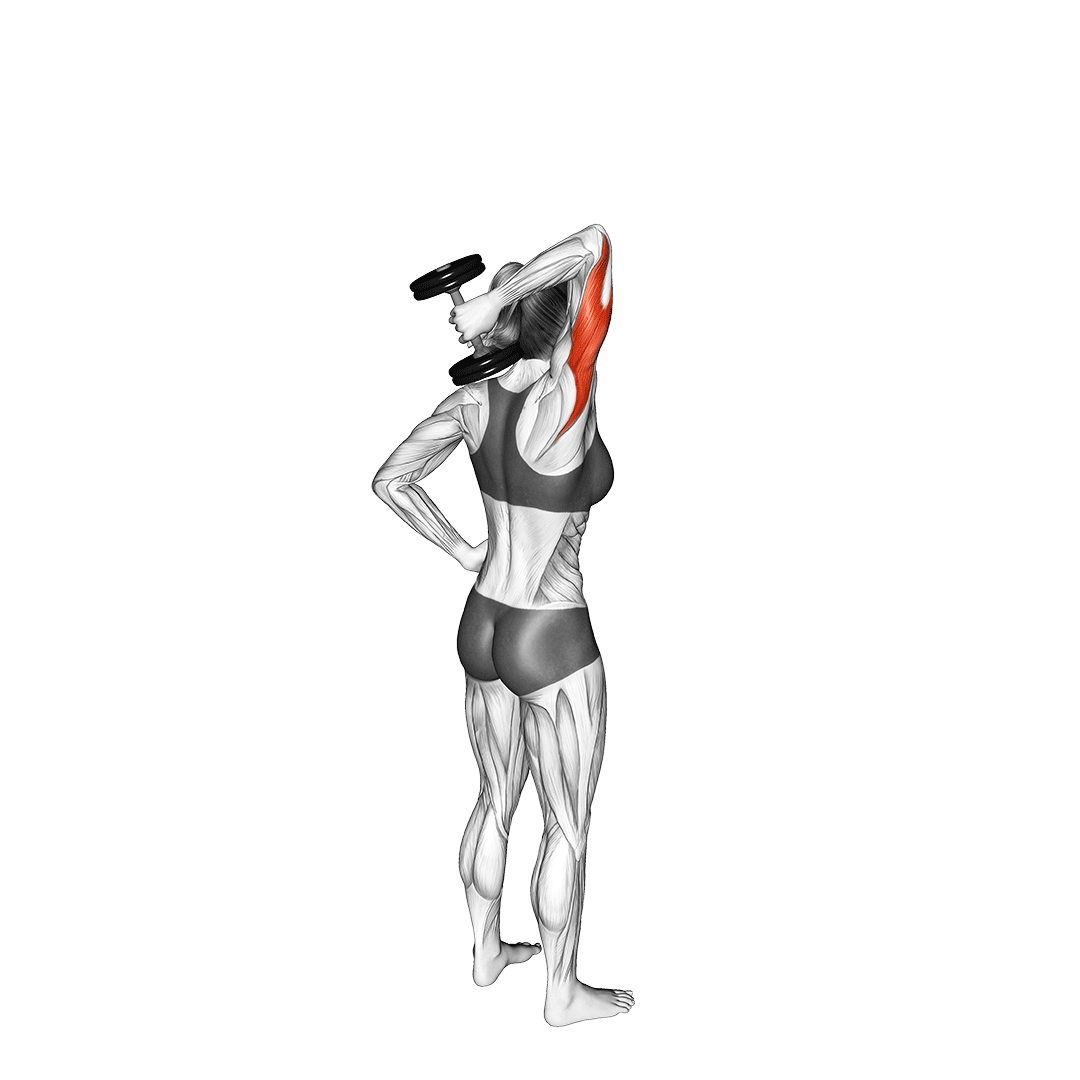
How to:
- Hold a dumbbell overhead with one hand.
- Lower it behind your head, then press it back up.
- Repeat and switch arms.
Benefit: Great for fixing one-arm strength imbalances.
7. Dumbbell Floor Press
Primary target: Medial and lateral triceps
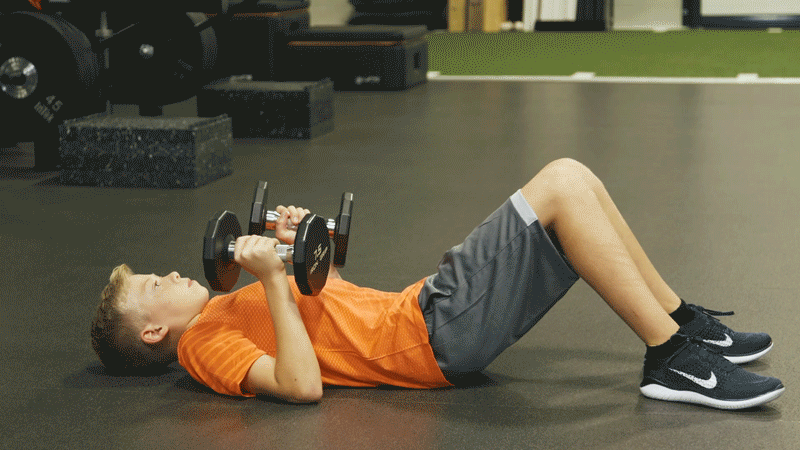
How to:
- Lie on the floor with dumbbells at chest level.
- Press straight up, then return without letting elbows hit the ground.
Advantage: Reduces shoulder stress while blasting your triceps.
Also Read: 14 Hamstring Exercises To Do With Equipment
8. Dumbbell Incline Triceps Kickback
Primary target: All heads
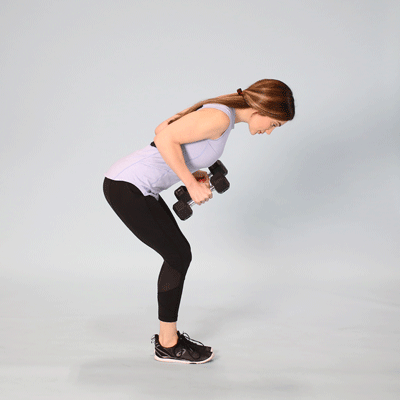
How to:
- Lie chest-down on an incline bench.
- Kick the dumbbells back as you would in a regular kickback.
Fact: The incline angle prevents body momentum and increases isolation.
9. Dumbbell JM Press
Primary target: Long and medial heads
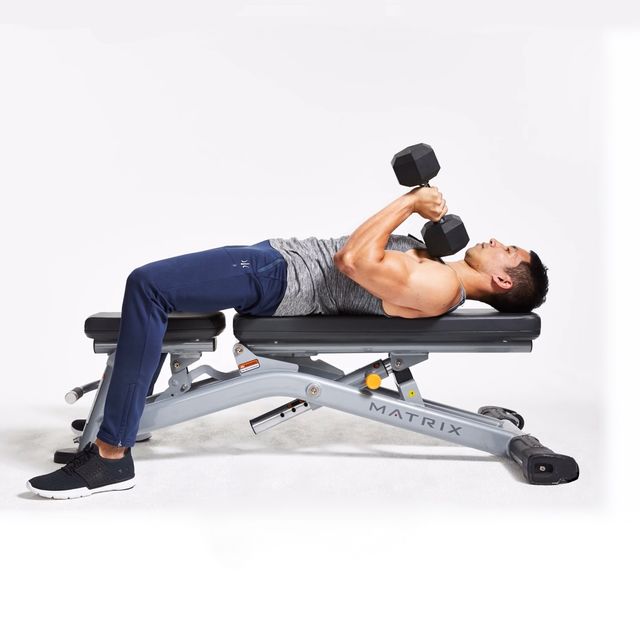
How to:
- Lie flat with dumbbells above your shoulders.
- Lower them halfway between a skull crusher and a close-grip press.
Why it’s underrated: A hybrid movement that combines pressing power with triceps load.
10. Cross-Body Dumbbell Extension
Primary target: Long head
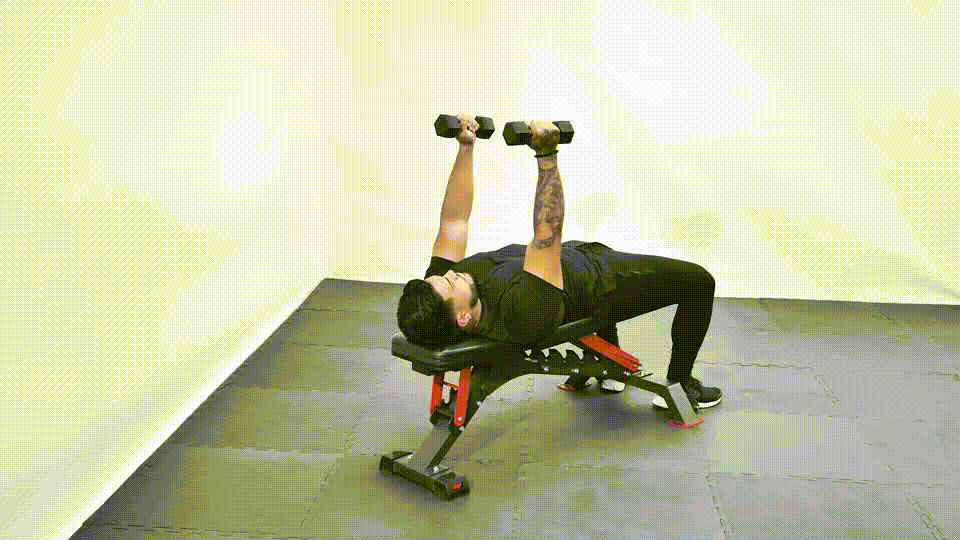
How to:
- Lie on a bench holding a dumbbell in one hand.
- Lower it across your chest toward the opposite shoulder, then extend.
Unique Benefit: Cross-body angle places unique stress on the long head.
Also Read: Top 10 Bodyweight Hamstring Exercises to Strengthen & Sculpt Your Legs
11. Seated Dumbbell Triceps Press
Primary target: Long head

How to:
- Sit upright with a dumbbell held vertically in both hands.
- Lower behind your head and press back up.
Why it’s effective: Better posture control leads to more targeted tension.
12. Dumbbell Z-Press Triceps Extension
Primary target: Long and lateral heads
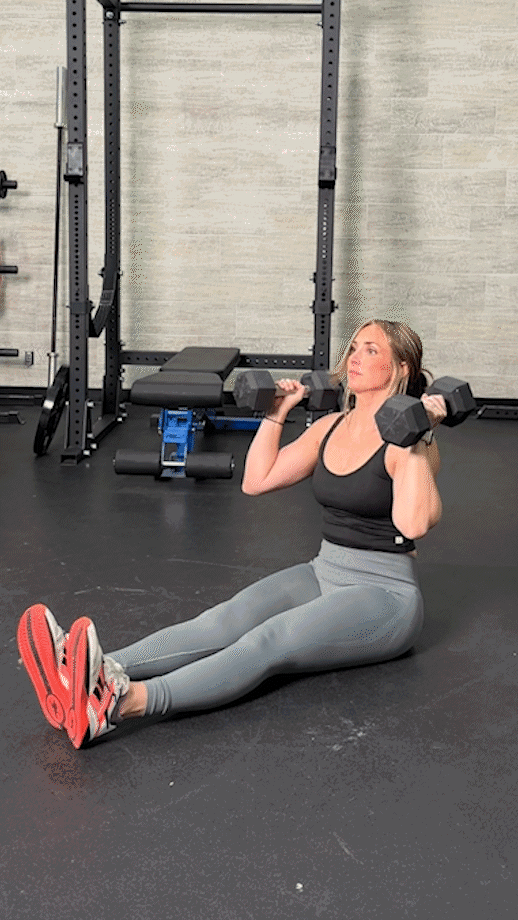
How to:
- Sit on the floor with legs extended, dumbbell overhead.
- Perform a strict overhead triceps extension.
Hardcore Tip: No back support means the core and triceps must work overtime.
13. Dumbbell Bench Dips (Weighted)
Primary target: Lateral and medial heads
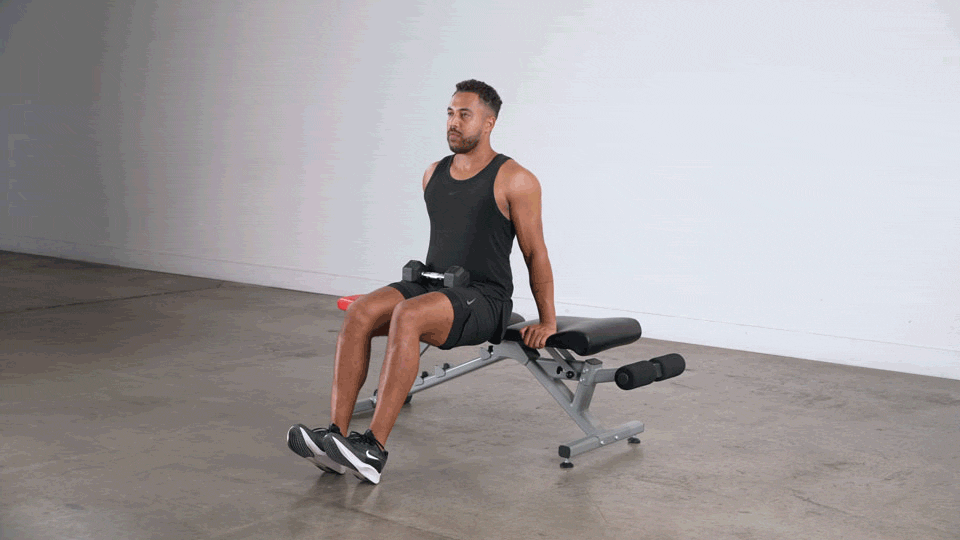
How to:
- Place dumbbells on your lap while doing bench dips.
- Lower yourself with elbows pointing back, then push up.
Note: Don’t let shoulders shrug—this keeps the focus on the triceps.
Also Read: Best 12 Equipment-Based Biceps Exercises (How-To Guide)
Final Thoughts: Build Triceps That Turn Heads
With these 13 dumbbell exercises, you’re armed (literally) with everything you need to build bigger, stronger, and more defined triceps.
Whether you’re a beginner or an advanced lifter, mixing these into your routine ensures you target all angles of the muscle for truly sleeve-busting arms.
Quick Challenge:
Add 3 of these moves to your next upper body day. Stick to them for 4 weeks and track your progress—your T-shirts won’t lie!
Frequently Asked Questions (FAQs)
How many times a week should I train triceps?
For optimal growth, train your triceps 1–2 times per week. If you’re splitting your workouts (e.g., push/pull/legs), hitting triceps during push day plus once more on an arm day works best. Allow at least 48 hours of rest between sessions for recovery.
Can I build big triceps using only dumbbells?
Yes, you can. Dumbbells allow you to target all three heads of the triceps with a full range of motion and better muscle activation. With progressive overload, consistency, and the right exercises (like those in this guide), dumbbells alone are more than enough.
What dumbbell weight should I use for triceps exercises?
Choose a weight that challenges you but allows for strict form. Typically, this means a weight where you can complete 8–12 reps with difficulty in the final 2–3 reps, without sacrificing technique. Go lighter for isolation moves like kickbacks, heavier for presses.
Should I do triceps after chest or shoulder workouts?
Yes. Since chest and shoulder presses already involve the triceps, training them afterward makes sense. They’re pre-fatigued, so you can focus on isolation without needing heavy loads—reducing joint strain while maximizing pump.
Can beginners do these dumbbell triceps exercises?
Absolutely. This list contains a mix of beginner- to advanced-friendly movements. Start with bodyweight dips, kickbacks, and overhead extensions using light weights to build form and confidence before progressing.
How long until I start seeing visible results in my triceps?
You may notice improved muscle tone within 4–6 weeks, depending on your diet, consistency, and intensity. For significant size gains, expect 8–12 weeks of progressive training.
Do triceps need isolation exercises, or are compound lifts enough?
While compound lifts (like bench press) involve triceps, isolation exercises help maximize growth by targeting each head more specifically. Combining both gives balanced development.



